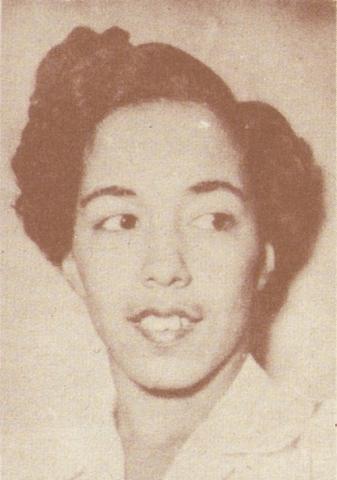
Today's #WorkerWednesday guest is a young Miss Georgiana Yvonne Young (1929-2019). In 1951, Young became the first woman to graduate from Howard University's engineering school with a degree in mechanical engineering. In 1952, she was hired by the RCA-Victor Division of the Radio Corporation of America at the age of twenty-three, where she was the first Black woman to be hired as an engineer by the company. Prior to her career at RCA-Victor, she worked as a design engineer at the Frankford Arsenal-Gage Laboratory in Philadelphia.
After her 1955 marriage to William Freeman Clark, Jr., a biochemist, Young began identifying as Yvonne Young Clark, and the couple relocated to Nashville, Tennessee, where Clark began teaching at Tennessee State University's engineering school. Over the course of her career that included many firsts, she would also go on to become the first woman graduate of Vanderbilt University's Graduate School of Engineering Management, the first woman engineer at Tennessee's Ford Motor glass plant, and spent a 1963 summer working at NASA's Huntsville, Alabama George C. Marshall Space Flight Center on the Saturn rocket engine project.
This photograph is from a December 15, 1952 issue of Inside Brown America, which announced the launch of her career at RCA. Inside Brown America was a newsletter published by the Institute of Industrial Race Relations and Joseph V. Baker Associates, a public relations firm founded by Joseph V. Baker (1908-1993).
The newsletter was one of a number of publications issued through his firm, which provided services to various large corporations and educational institutions. The publication ran from February 1952 to November 1953, provided Joseph V. Baker Associates' clients updates on political and economic developments related to Black America. The newsletter also offered news related to Black trade associations and of notable additions of Black professional staff to various corporate entities and government bodies. To view our digital collection, which consists of a small number of issues of this newsletter in Hagley Library's collections, click here.

